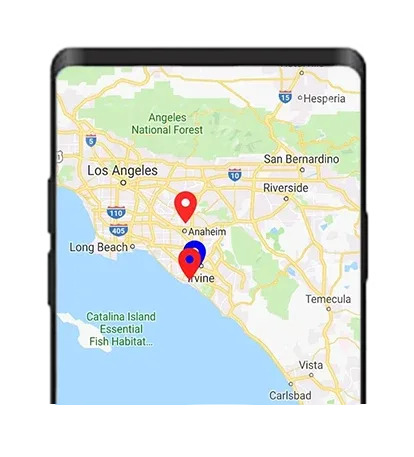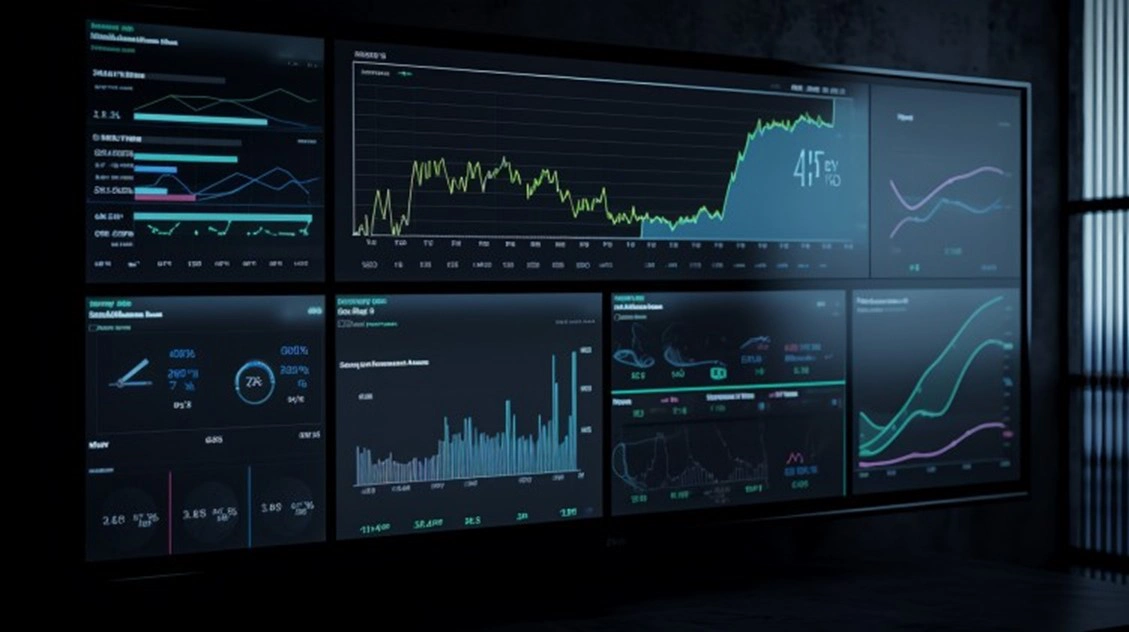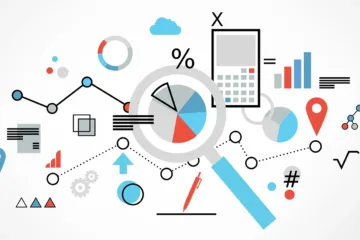Data and Technology for Smarter Shipping
The shipping industry has gone through significant advancements over the years. With the rise of e-commerce and online shopping, companies have been forced to adapt to meet the growing demand for fast and efficient shipping. Shipping is no longer just about getting a package from point A to point B. It's about providing a seamless customer experience, reducing operational costs, and streamlining logistics. This is where data and technology come in – they can revolutionize the way parcels are shipped and delivered.
One of the biggest challenges faced by parcel shippers is the problem of last-mile delivery. This refers to the final leg of the journey when the package is delivered to the customer's doorstep. Last-mile delivery can be costly and time-consuming as it requires multiple stops in congested urban areas. However, with the help of data and technology, parcel shippers can optimize their delivery routes and reduce the time and cost of last-mile delivery.
Optimizing Shipping with Data
One example of how data and technology can be used is by implementing real-time route optimization. This involves using GPS tracking to analyze delivery routes and determine the most efficient way to deliver packages. By doing this, parcel shippers can reduce fuel costs, decrease delivery time, and ultimately improve the customer experience. By providing real-time tracking and delivery updates to customers, parcel shippers can increase transparency and reliability, which is crucial for building customer loyalty.

Furthermore, by utilizing data and technology, parcel shippers can also improve risk management and security. With the rise of package theft and delivery fraud, it's essential to have robust security measures in place. By using smart locks and secure systems, delivery drivers can safely leave packages at the customer's doorstep without fear of theft. In addition, by using data and predictive analytics, parcel shippers can identify potential risks and prevent them from occurring.
Predictive Analytics in Shipping
Inventory management and allocation are critical aspects of parcel shipping, and predictive analytics can be a game-changer in improving these areas. With predictive analytics, businesses can analyze data from various sources, such as past volumes, seasonal trends, and geographical factors, to anticipate future demand for their products. By having insight into expected demand, shippers can optimize their inventory levels and ensure that they have the necessary resources to fulfill orders promptly.

Predictive analytics can play a significant role in determining the most efficient delivery route for parcel shippers. This tool can analyze data from various sources such as past traffic patterns and current weather conditions to help shippers identify the fastest and safest delivery route. By leveraging this technology, parcel shippers can optimize their delivery routes, reduce delivery times, and ultimately improve the overall customer experience.
Moreover, predictive analytics can also aid businesses in identifying the most suitable mode of transportation for their shipments, such as air, ground or economy service levels. With this information, parcel shippers can determine the most cost-effective way of delivery that aligns with customer expectations. Optimizing transportation routes can also create significant cost savings for businesses, such as reduced fuel costs, maintenance costs and overall transportation overhead.
Using predictive analytics in logistics operations can streamline the entire process from start to end, from purchase order to product delivery. This not only increases customer satisfaction, but it also helps shippers prioritize which orders to fulfill first, ensuring higher customer satisfaction by prioritizing shipping times.
In summary, investing in predictive analytics can give parcel shippers a competitive edge by improving their inventory management, allocation, and delivery processes. Shippers can improve their overall efficiency by utilizing these technologies to make informed decisions, leading to better customer experience and increased profits.




